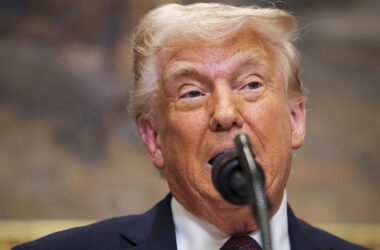U.S. imports saw a significant decline in April, possibly signaling the first effects of President Donald Trump’s tariff policy. According to preliminary data from the Department of Commerce, the monthly goods trade deficit was nearly cut in half compared to March, primarily due to an almost 20% drop in imports.
This decline followed a record-high trade deficit in March, when companies and consumers rushed to make purchases ahead of the implementation of new tariffs. In April, consumer spending fell, and inflation continued to ease, approaching the Federal Reserve’s 2% target.
Experts note that this trend aligns with the Trump administration’s goal of reducing the global trade deficit, which the president considers a key issue for the U.S. economy. At the same time, the new tariffs had not yet significantly impacted consumer prices in April — a political win for Trump.
Although the decrease in spending could indicate a slowing economy, it is not currently seen as an alarming sign, especially in light of steady wage growth, added Kevin Gordon of Charles Schwab.
The future of the trade balance remains uncertain. In May, tensions with China eased, which could lead to a partial recovery in bilateral trade. However, U.S. tariff policy remains unstable — negotiations are stalled, and a court ruling has cast doubt on the legality of several tariffs. Meanwhile, Trump accused China of violating agreements and signaled he is unwilling to lower tariffs below the 10% minimum he has imposed on countries around the world.




